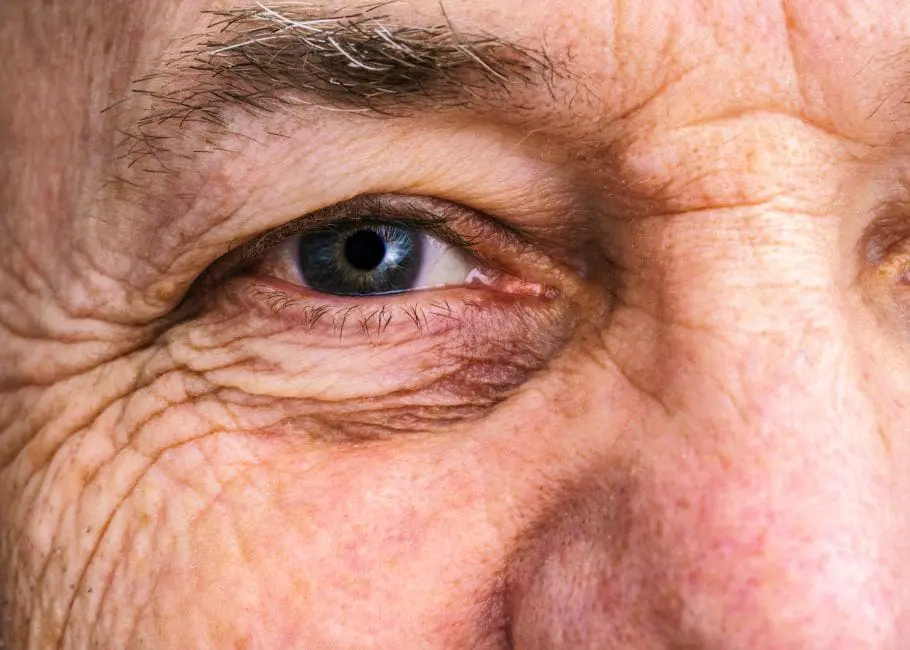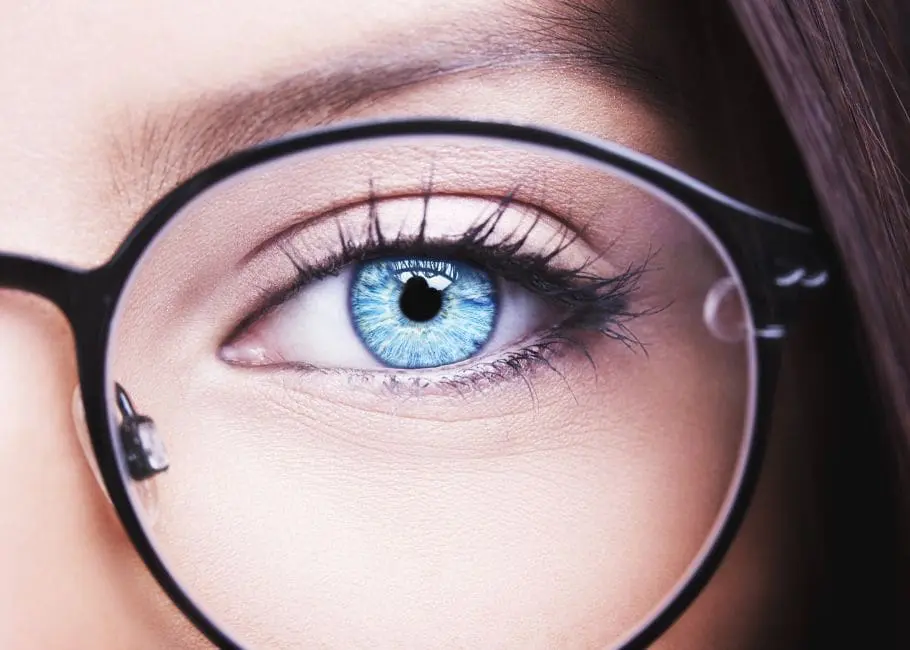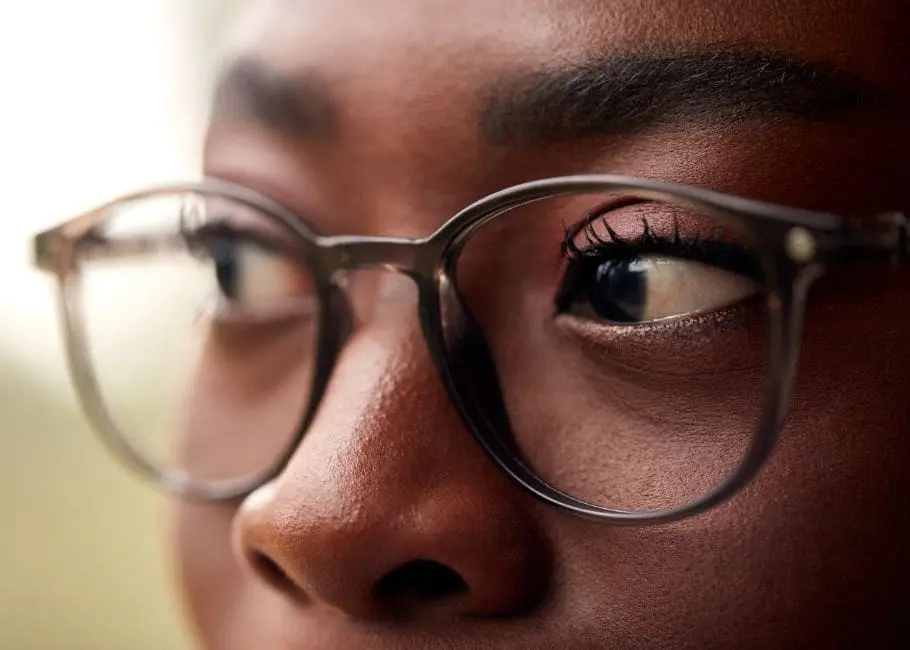Conditions
Fuchs Dystrophy

In Fuchs dystrophy, the inner layer of corneal cells (endothelium) is faulty resulting in a cloudy, swollen cornea.
Usually, this inner layer of cells acts as a barrier keep the cornea free of water which allows it to keep its regular structure and transparency. Endothelial cells are unable to regenerate. We are born with fixed number (around 4000 cells / mm2) and these naturally reduce in number every year such that a an 80yr old person without Fuchs may have around 2000cell/mm2.
In Fuchs dystrophy, there is an accelerated rate of cell loss with corneal swelling and cloudiness occurring once the number of cells goes below 1000 cells / mm2.
The corneal swelling, cloudiness and other symptoms (glare, haloes and blurred vision) are worse in the mornings and improve during the day.
Treatment is initially with sodium chloride 5% eye drops. These help to draw fluid out of the cornea, reducing the swelling and cloudiness. Surgical treatment involves removing the faulty layer of endothelial cells and replacing it with the cell layer from a donated human cornea (endothelial corneal transplant). It is done via two main techniques: Ultra-Thin Descemet Stripping Endothelial keratoplasty (UT-DSAEK) or Descemet Membrane Endothelial Keratoplasty (DMEK).
Book a ConsultationTreatments
Related Treatments
Treatment
CORNEAL TRANSPLANT
A corneal transplant may be required if the cornea, or part of the cornea has become damaged or dysfunctional.
View Treatment

Treatment
CORNEAL CROSSLINKING
Keratoconus is a non-inflammatory eye condition that can causes the cornea to thin and form a cone shape.
View Treatment
Treatment
CORNEAL TRANSPLANT
A corneal transplant may be required if the cornea, or part of the cornea has become damaged or dysfunctional.
View Treatment
Treatment
CORNEAL CROSSLINKING
Keratoconus is a non-inflammatory eye condition that can causes the cornea to thin and form a cone shape.
View Treatment









